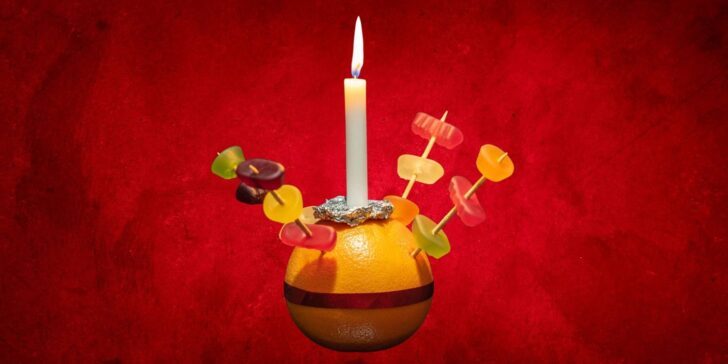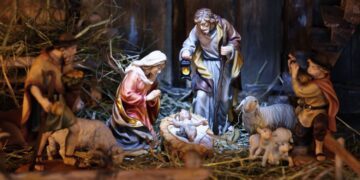Christmas has become synonymous with many different decorations like baubles, paper chains, and wreaths, but what about the Christingle?
This bizarre-looking Christmas craft is primarily found in the UK and neighboring European countries.
Simply put, it is a red ribbon wrapped around an orange with four cocktail sticks covered in sweets stabbed into it before being topped with a candle.
But where did this strange-looking creation come from, and what do its multiple adornments mean?
Let’s look at the captivating history of this unique little object and discover why children make them all over the world.
Christingles originated in Germany in the 1700s.
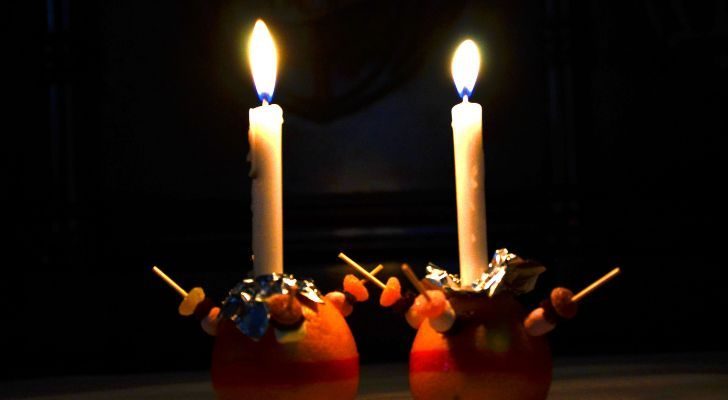
The origin of the Christingle can be traced back to the Moravian Church in Germany in 1747.
In a children’s service that took place on December 20, Minister John de Watteville gave all the children a lit candle with a red ribbon tied around it.
His intention was to create a physical symbol that would encourage the children to think about the teachings of Jesus and the happiness brought to them through these teachings.
This little wax candle and its flame symbolized Christ’s light and how it shone out into the world for living in darkness. The ribbon, red to represent his blood, was then wrapped around it. That was it, then, as oranges would come later.
During the service, hymns were sung, and verses that the children had written to celebrate the birth of Jesus were read aloud.
When the service ended, the children took their Christingles home with them. As they went to sleep, the candle’s light would continue to shine through the darkness and remind them of the light of Christ.
No one is sure what ‘Christingle’ means.
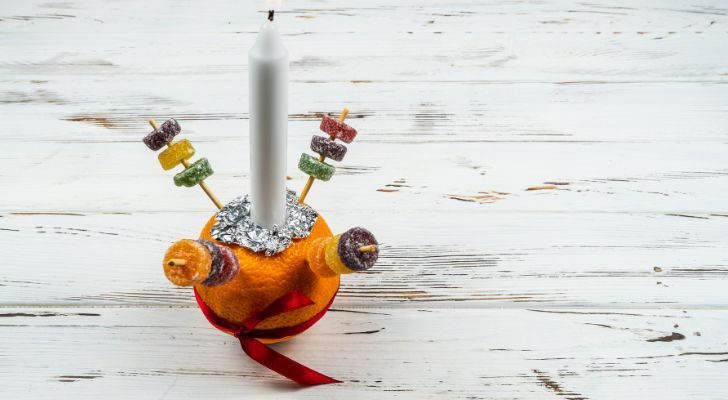
No one knows exactly what the word “Christingle” means or who coined the term first. A few theories have been created as to the name’s origin and native language.
The first and most likely is that it is derived from the German word “kindle,” meaning child. That, paired with the term Christ, would give you “Christ-child.”
Another possible origin points to Scotland, where the old Scottish word “ingle,” means fire, which would give us “Christ-fire” or “light.”
Since the tradition originated in Germany, though, the first interpretation is likely more accurate.
Modern Christingles symbolize a lot more than the original.
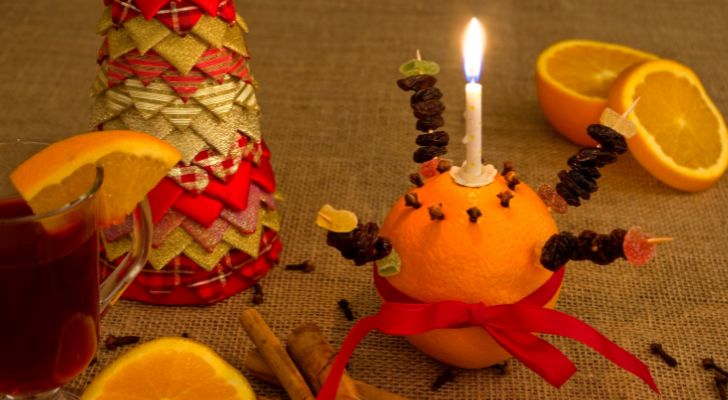
Over the years, the Christingle has developed into a more complex object with added symbolism. In addition to the original candle and red ribbon, aspects have been added to create the Christmas symbol we recognize today.
An orange has been incorporated as a visual representation of Earth, with the lit candle placed on top.
Four cocktail sticks have also been added to the sides of the orange. Pointing in four different directions, they symbolize North, South, East, and West, as well as the four seasons of winter, spring, summer, and fall.
The fruits, nuts, and candy placed on the cocktail sticks represent the fruits of the Earth, nurtured by the sunshine and the rain and given to us as part of God’s bounty.
The foil around the candle is merely for safety purposes; you wouldn’t want your fingers covered in wax, after all.
Christingles are used in celebrations to help support vulnerable children.
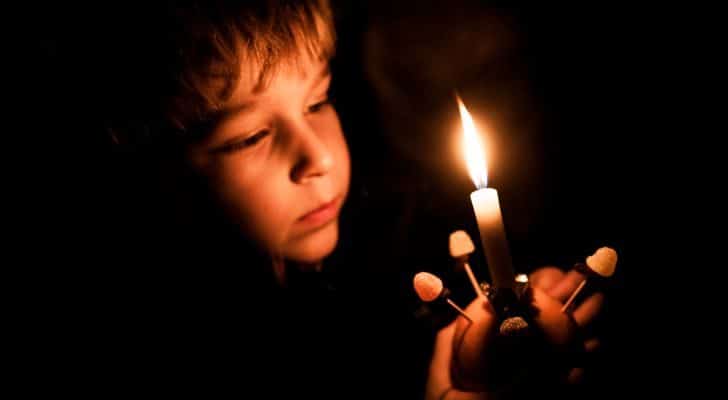
In 1968, John Pensom proposed using Christingles as a fundraising tool for the Children’s Society, a Christian charity. His idea was simple: give a child a Christingle in exchange for a donation.
At first, the idea was met with opposition. People questioned whether it was too complicated or if there was even any money in it.
However, the results far exceeded expectations, with over 1,500 people attending the first service fundraiser in Lincoln Cathedral, England, UK.
The success of that first fundraiser prompted more celebratory services to be put on that year, and the making and recovering of Christingles grew in popularity. It also earned John Pensom the affectionate nickname ‘Mr. Christingle’.
After the popularity of the first fundraiser, the Children’s Society charity has created a National Christingle Service that helps host thousands of Christingle celebrations every year.
These celebrations are held primarily in churches and schools across the UK and, of course, center around the making and receiving of Christingles.
In 2018, The Children’s Society also launched its #Christingle50 campaign, encouraging others to help mark the charity’s 50th year of hosting Christingle celebrations.
Many schools and churches across the UK continue to celebrate Christmas with Christingles and use them to bring families and communities together. Children get to build upon their understanding of Christ while engaging in festive fun.
Whether you would like to make one with your local church, as part of a fundraiser for vulnerable children, or just for fun, Christingles are a brilliant way to get together over the Christmas holidays.
Why not try and make one for yourself?

